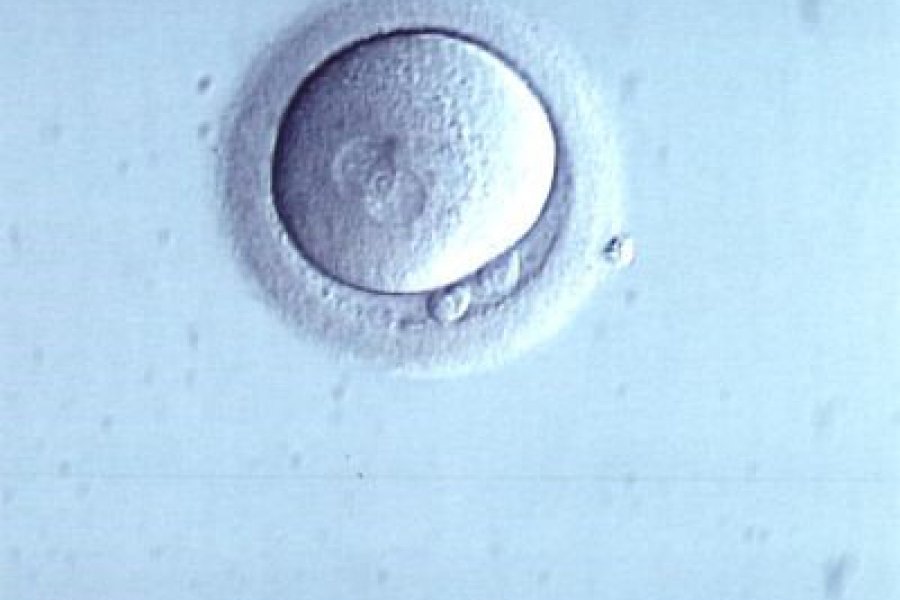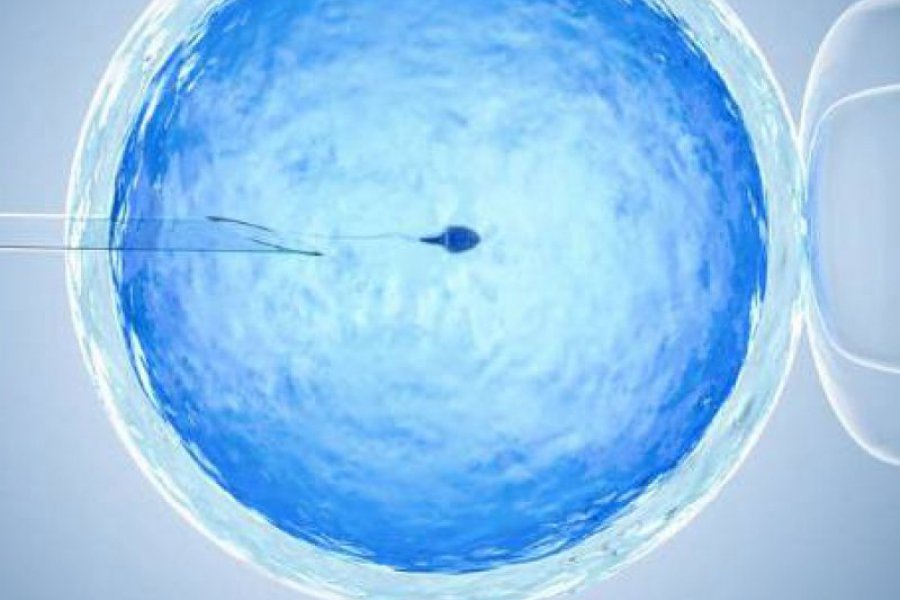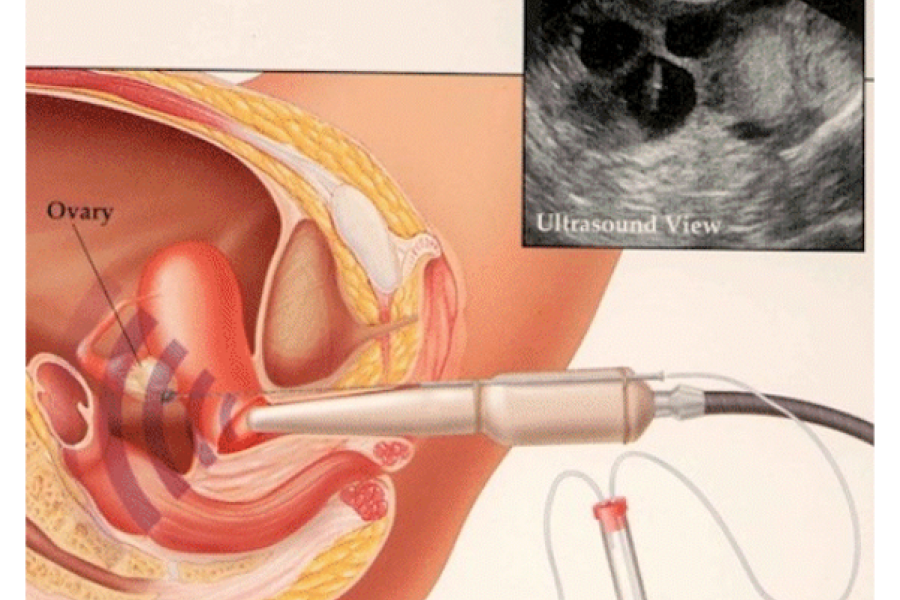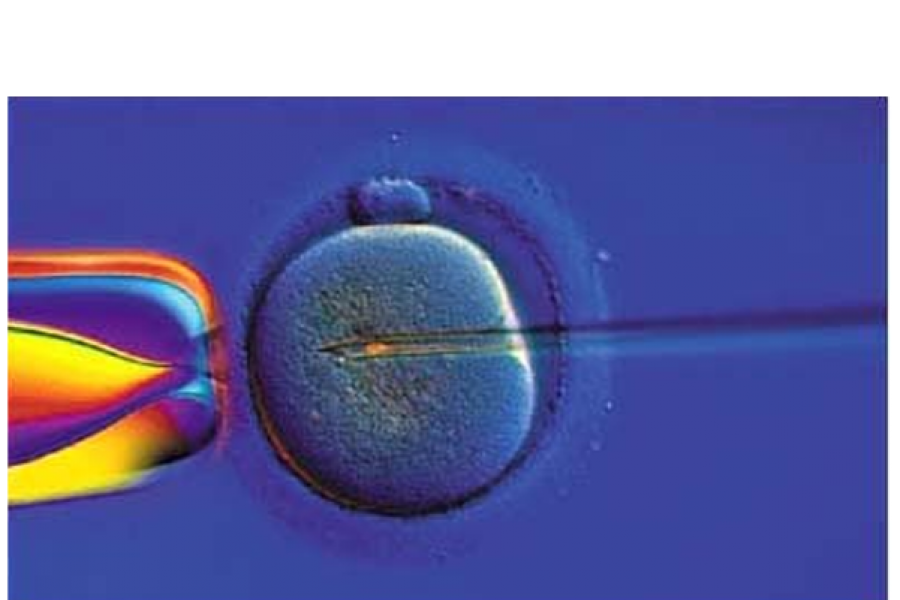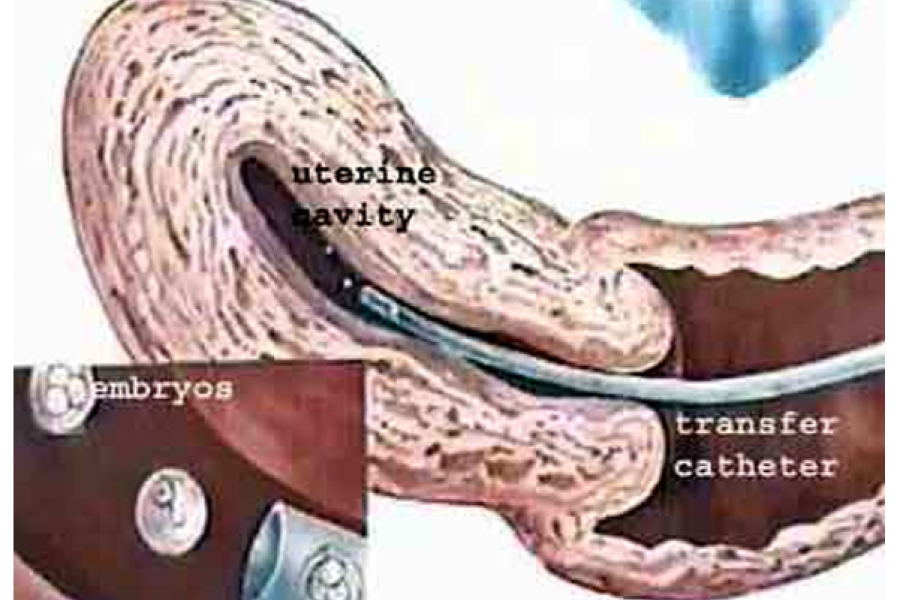TRANSFER OF FROZEN EMBRYO
TRANSFER OF FROZEN EMBRYO -- EMBRYO FREEZE
When a fresh transfer is made in IVF applications, the remaining healthy embryos with pregnancy-forming properties can be frozen and stored. Embryos that are cryopreserved in this way provide a second chance for the patient. In patients who become pregnant, these pre-frozen embryos can be used for the 2nd child after a certain period of time, or even for the 3rd child later in the patients whose number of frozen embryos is in phase.
Frozen embryo transfer can be performed without losing time in patients whose first transfer is unsuccessful. Frozen embryo transfer is both easier and more economical than a new IVF application. The probability of pregnancy is at least as high as fresh embryo transfer.
In patients who produce a large number of eggs, in patients whose hormone levels are higher than normal, or in patients with a condition that prevents the embryo from adhering to the uterus and tubes, all of the embryos can be frozen and frozen embryo transfer can be performed after the patient is prepared again after the conditions that can be corrected are corrected.
Preparation for frozen embryo transfer begins on the 2nd or 3rd day of menstrual bleeding. The condition of the endometrium and ovaries is evaluated by ultrasound examination. The endometrium (uterine wall) is prepared by externally supplementing the patient with estrogen hormone, after providing sufficient thickness, progesterone hormone is started and the transfer day is planned according to the freezing day of the embryos. On the morning of the transfer day, the embryos to be transferred are thawed, after their development and quality are determined after their viability is resolved, the embryo transfer process is performed.
In patients with normal menstrual cycle, frozen embryo transfer can be performed without preparing the endometrium, in accordance with the natural ovulation cycle, without using drugs.
Pregnancy rates in frozen embryo transfer are at least as high as fresh transfers.
No significant negative situation was detected in frozen embryo transfer pregnancies and newborns compared to fresh transfers.
The vitrification method is used when freezing embryos. After passing through certain stages, it is first dried in special liquids, then frozen and stored in liquid nitrogen tanks at -180 degrees. Since the vital activities of the cells are stopped after the freezing process, there is no biological restriction on the storage period if it is stored appropriately. In our country, this period is limited to 5 years in accordance with the regulation, and after 5 years, the period can be extended specifically.
